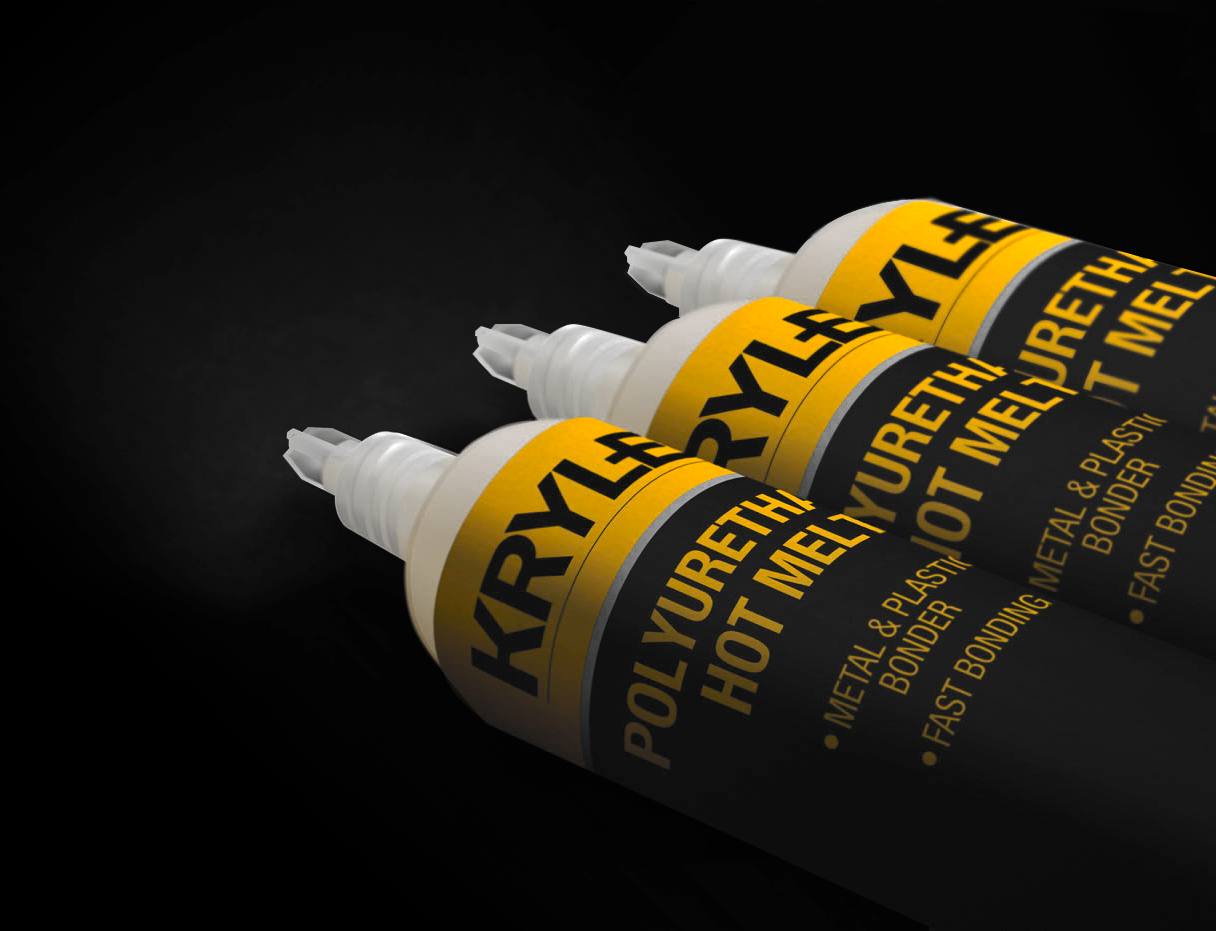Sustainability Focus: Krylex High-Performance PUR Hot Melts

There are many advantages of using adhesive to enhance a manufacturer’s product performance and processing capabilities. However, one of the disadvantages that they can have in this world, is an environmental one. Adhesives are inherently petroleum-based products. Although adhesives are generally a small portion of a mobile device’s assembly, there is a growing desire from global manufacturers towards a more sustainable supply chain. In modern times, climate change is our greatest threat to humanity and the world we live in. Global manufacturers are becoming increasingly more proactive and looking for new innovative ways to reduce their carbon footprint.
Hot melt technologies have a distinct advantage over other technologies in the portable device manufacturing arena. Their high chemical resistance and good moisture barrier properties mean that they perform well in sealing applications. Such applications include the structural bonding and sealing of a device’s frame, screen, and the bonding of its battery component. Their low-cost relative to other adhesive technologies makes them an ideal choice for higher volume applications such as these. So, if we wanted to increase our sustainability, creating some innovation in PUR Hot Melts might be the best place to start.
Krylex’s KH9001 is leading the way in terms of sustainable adhesive technology, with a bio content of up to 40% while still enabling manufacturers to achieve a high level of performance and processing capability. Bio resins are derived from constituent monomers from biological sources such as corn or soybean and are considered more ‘green’ than traditional resins that are produced using petrochemical sources (more synthetic production and as such less ‘green’).
Aside from the sustainable benefits, KH9001 has excellent chemical resistance, the ability to absorb high impact, and a very low Moisture Vapor Transmission Rate (MVTR).
The following notes other important requirements for the device:
- Low, stable dielectric constant: Dielectric properties, specifically dielectric constant and dielectric loss are properties that need to be understood when bonding transmitting antennas. It is important to prevent antenna signals from being negatively impacted or disrupted.
- Excellent chemical resistance: Everyday chemicals such as suntan lotion, insect repellent, and perfumes are proven to attack polymer adhesives. These can damage the adhesive’s ability to maintain a good seal on the device.
- Excellent Impact performance: Devices frequently suffer from being dropped on hard surfaces by their user. Adhesives need to absorb the load to ensure sensitive items such as the camera module is not affected
- Highly Flexible: No real benefit described. More applicable to impact
- Reworkable: Devices often need to be repaired and components need to be replaced. Adhesive assemblies need to be disassembled without damaging the components
- High Bio-content: As stated above
- ROHS compliant: A industry requirement for purity and cleanliness of the product
- Long open time for easy use in High Volume Manufacturing: The amount of open time describes how long a manufacturer has from dispensing the hot product on one surface to mating the other surface. A long open leads to a more flexible manufacturing process
- Very Low MVTR (Moisture Vapor Transmission Rate): MVTR relates to the ease at which moisture is absorbed into the adhesive. A lower MTVR leads to a better seal.
April 26, 2021
Krylex